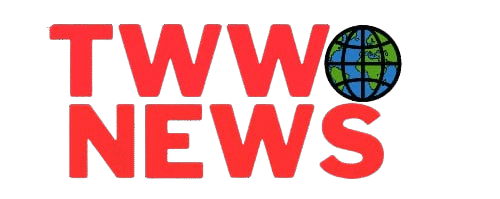In a pivotal moment for 21st-century geopolitics, the European Union and China convened for a high-stakes summit that signaled a recalibration of their economic and diplomatic ties. With President von der Leyen and President Costa leading the EU delegation, the summit tackled trade imbalances, climate cooperation, and global security concerns with renewed urgency.
⚖️ Trade Tensions and the Call for Reciprocity
The EU highlighted a stark asymmetry: while it absorbs 14.5% of China’s exports, its own exports to China account for just 8%. This imbalance, driven by market access barriers and trade distortions, has ballooned the EU’s trade deficit to over €300 billion. Europe’s message was clear — competition is welcome, but fairness is non-negotiable.
Three priority areas emerged:
- Market Access: The EU pushed for reciprocity, especially in public procurement.
- Overcapacity Risks: Subsidized Chinese production in steel, EVs, and solar panels threatens EU industries amid the clean energy transition.
- Critical Raw Materials: Export controls on rare earths and magnets have strained European supply chains, prompting a new fast-track mechanism for resolving bottlenecks.
🌐 Strategic Diplomacy in a Fractured World
Beyond trade, the EU voiced concerns over China’s indirect support for Russia’s war in Ukraine. The bloc urged Beijing to leverage its influence toward a ceasefire and peace negotiations — framing China’s stance as a litmus test for future EU-China relations.
🌱 Climate Collaboration: From Ambition to Action
Despite tensions, climate emerged as a unifying front. Both sides committed to:
- Advancing emissions trading and carbon capture technologies
- Strengthening circular economy initiatives
- Aligning efforts for COP30 in Brazil
The joint statement underscored a shared responsibility to uphold the Paris Agreement and lead the global response to the triple planetary crisis: climate change, biodiversity loss, and pollution.

